Thick thermoforming
Thermoforming definition :
This process consists to transform thermoplastic materials such as films, sheet and plates to 3D object. Thermoplastic materials take a rubbery consistency in high temperature.
At this time, the plastic is easily form by a tooling and frozen in this form by cooling.
Choosing your thermoforming method depends on :
- Deformation to be imposed
- The shape of manufacturing object
- Type of thermoforming material
- Material thickness
- Economics means : machines, molds, number of series …
Thick thermoforming :
This kind of thermoformage consists by forming a plastic plate. This plate will be heated and then applied to a mold to convert the plastic by suction.
As a result of this thermoforming, the parts are milled and trimmed in order to obtain the final piece thanks to 5-axes machining centers.

Thick thermoforming advantages :
- Small, medium or large series
- Pieces with large size
- Reduce tooling cost
- Short R&D time
- Weight of pieces reduced compared to sheet metal
- Wide range of material able to answer at constraints (transparency, shock, fire, UV, chemical resistance …)
Type of product :
- Transport covers : quad bodywok, cover for bus mirror, calender truck …
- Equipment of goods covers
- Shipping trays, handling palette
- Equipment goods for medical or paramedical : hospital furniture, mattress …
- Professional display
Associated services :
- Assembling, machining, bending, ultrasonic welding
- Installation of accessories: fasteners, foam, wires, injected parts
- Finishing: silkscreening, painting, stickers, chrome plating
- Countertype of all types of colors
- Bonding of reinforcements
- Insert label holder
- Riveting of complementary elements
- Bonding labels
- Filter welding




